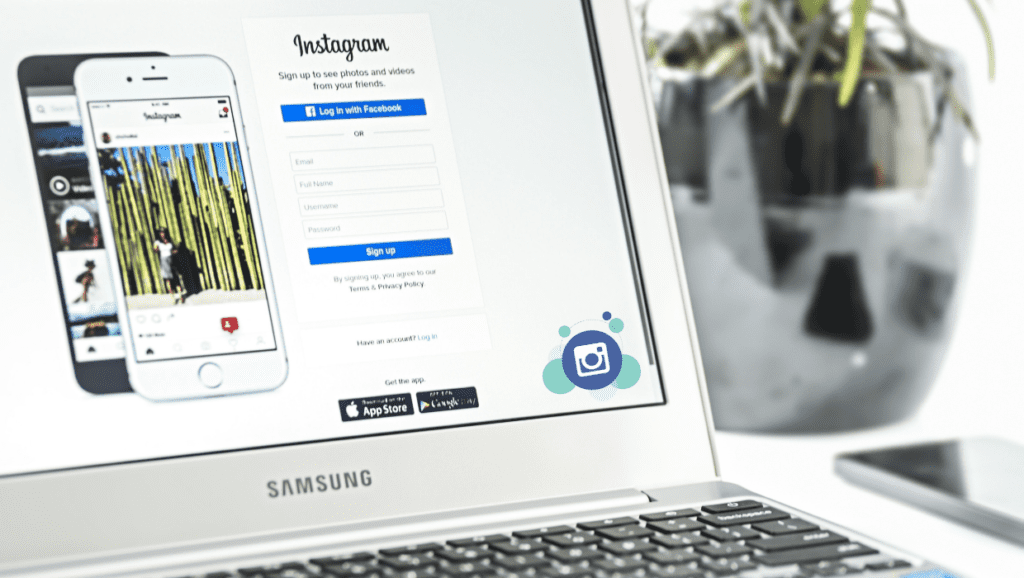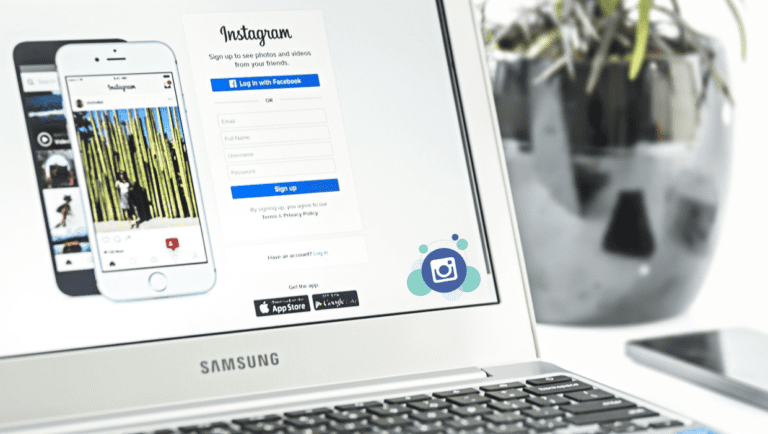In times of Whatsapp, Instagram, Skype, Facebook and e-mail, communication has become increasingly connected. And even though these means of communication are effective to convey a message, these platforms are not always the best for internal communication, that is, when sending messages to employees of a company.
Even though it may seem weird to resort to paper and pen, often these tools are much more effective than online alternatives. If you live in a condominium, what is the place where notices about meetings and assemblies are disclosed? The answer is probably in elevators and notice boards. That’s because these methods are always functional when giving quick warnings to those who are passing.
One of the most important topics for effective communication is where it will be advertised. Not just the tool (newspaper, e-mail, TV), but the place where such material will be available. Think about it, there’s no point in hanging a notice in the lobby of the building if all the residents leave through the underground parking lot. With that in mind, there are many things we can apply to small and large companies. Below are some tips on how to use more traditional means to communicate with your inner audience.
Check it out:
1. Corporate TVs and notice boardsVery common in offices and bank agencies, corporate TVs are a great option for communicating with the internal public. Whether they are housed in the cafeteria, in elevators, or in places that people do not only run by, but stay for a few minutes, they can serve as a powerful weapon of information dissemination. The same happens with notice boards, that while less glamorous, are a simple and very objective way to communicate something to employees.
- News bulletin
In larger companies, where there is much circulation of people, internal newspapers can be a great option to get employees’ attention. Ideal for disseminating more detailed information, bulletins are widely used to communicate new processes and even to engage the public.
- Dialogues and debates
It seems obvious, but it’s always good to remember that the good old conversation can solve a lot. Especially when it comes to small groups, dialogue is the best way to resolve certain issues, especially those that involve some conflict or problem. For such cases, it is interesting to bring together those concerned or affected and have an “eye-to-eye” conversation. At the end of the meeting, the best idea is to send a confirmation via e-mail or even a communication to be signed by those involved with the new resolutions. Finally, it is important to remember that online media can also be very useful, but with a bit of creativity, the offline world has a fertile ground for great campaigns and different opportunities for internal communication.
By Thamyris Barbosa












